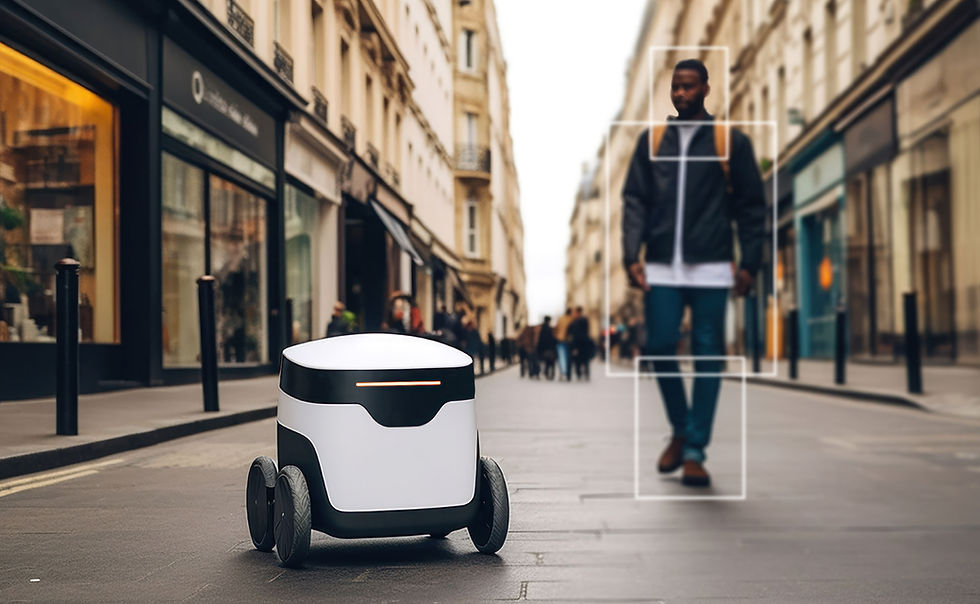Understanding ChatGPT3 for students and educators
- Nitin Gambhir
- Sep 11, 2023
- 2 min read

Don’t we all love seeing a talking parrot in our movies? Probably yes, but wait aren’t we going to talk about Artificial Intelligence and the new found fascination with ChatGPT3 and the growing noise about how A.I. would breed plagiarism and curtail creativity and critical thinking for students.
Students and teachers globally are raising fair concerns about the adoption of A.I. into our education policies.
Let’s first understand what a Language Model (LM) is?
As per the Wikipedia article, ChatGPT3 is a large Language Model – generative pre-trained transformer (GPT) that responds to user requests in a manner similar to a human.
In very simple terms, this primarily means that Artificial Intelligence researchers have used vast amounts of text (close to 500 billion words obtained by crawling the internet over several years) to train neural networks which then capture statistical patterns of a sequence of words. This is then used to perform a variety of tasks such as answering questions, summarizing documents etc.
All this while the Artificial Intelligence model doesn’t add any reference to the meaning of the response – just like a well-trained parrot.
Another point to remember is that majority of the data used to train the A.I. models is derived from English (& other 10-15 popular languages). However, when it comes to the Indian education system, English medium comprises less than 25% of the total student population.
Although, the purpose of education and our curriculum is not just to gain factual knowledge but also to train our minds about the social, emotional and ethical implications of the same but the current ‘coaching center driven competitive ecosystem’ is in a way very similar to the training of these A.I. models.
For decades our education system has driven students with the same mode of reinforcement learning of creating patterns. Even teachers are provided with a framework for marking & scoring. So what’s different if an A.I. machine does the same?
The answer lies in ability of our human brain to add a reference or a meaning every-time we respond.
Artificial Intelligence is here to stay and the onus on educators to get more creative into generating opportunities for students to challenge their logical thinking is now more critical than ever.
“A blanket ban may not act as a deterrent but the correct understanding of usage of such tools needs to be imparted to students especially in regard to Ethics, when to honestly bring forth if an article is co-authored by an A.I.
These tools need to raise the bar of human thinking and reasoning ability”, says Ms. Priyanka Srivastava, COO, Code Tales®, a leading Ed-tech player that aims to instill a passion for STEM skills in kids and teens.
Remember, it’s been decades since Artificial Intelligence changed face of Chess but what it also did is to challenge the humankind and holistically transform chess.
A.I. in present form may be erroneous when responding (even ChatGPT3 acknowledges that) but it sure does have potential to revolutionize todays learning practices.
Education imparts 3 R’s ( wRiting, Reading & aRithmetic). It’s time for us to embrace the fourth R – aRtificial Intelligence.





Comments